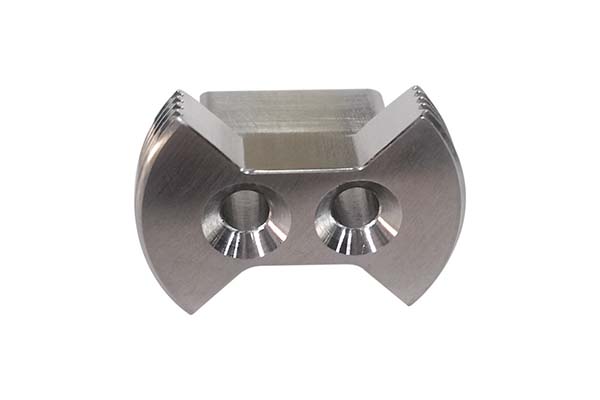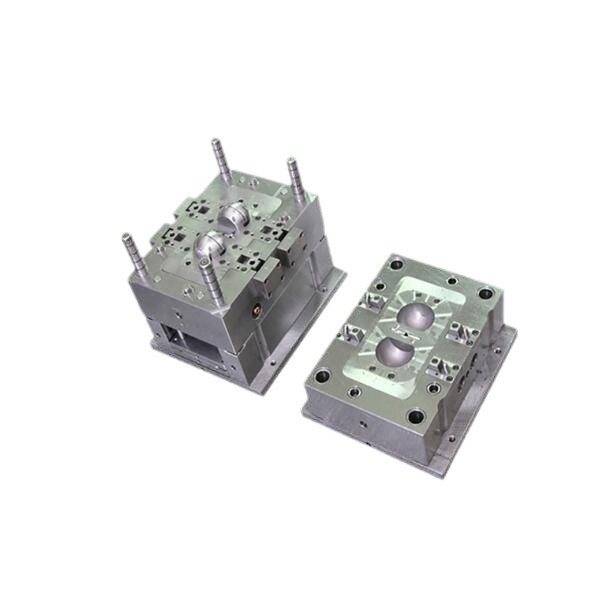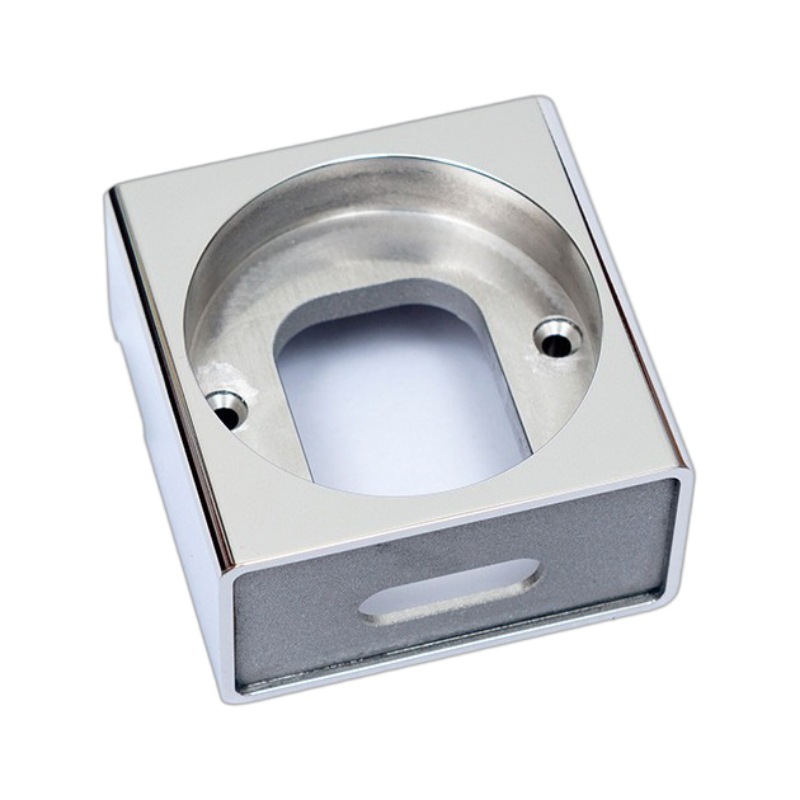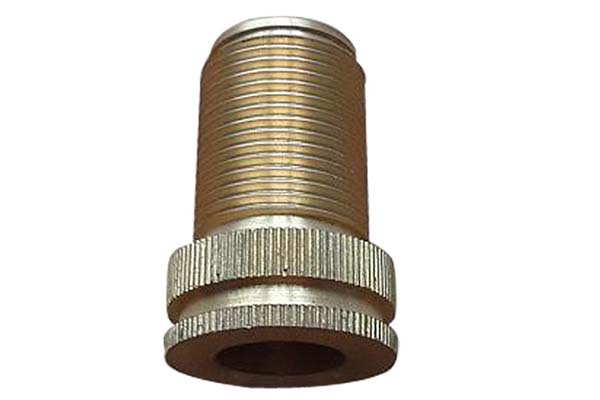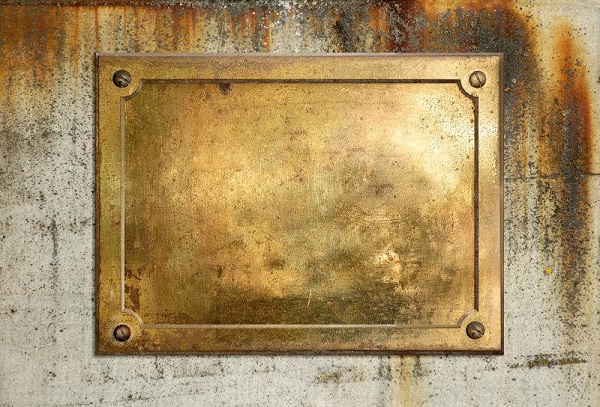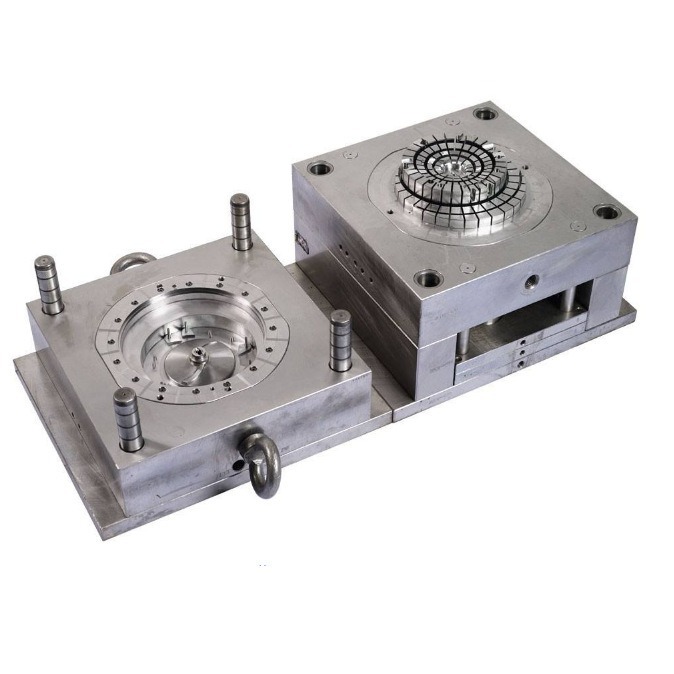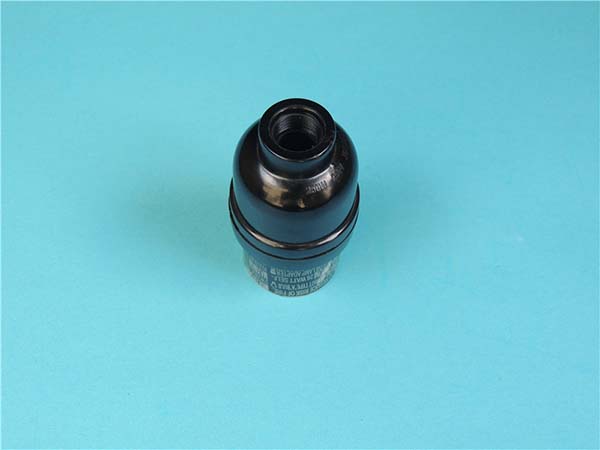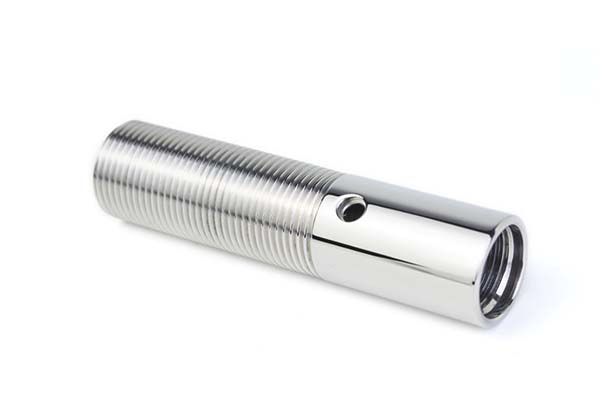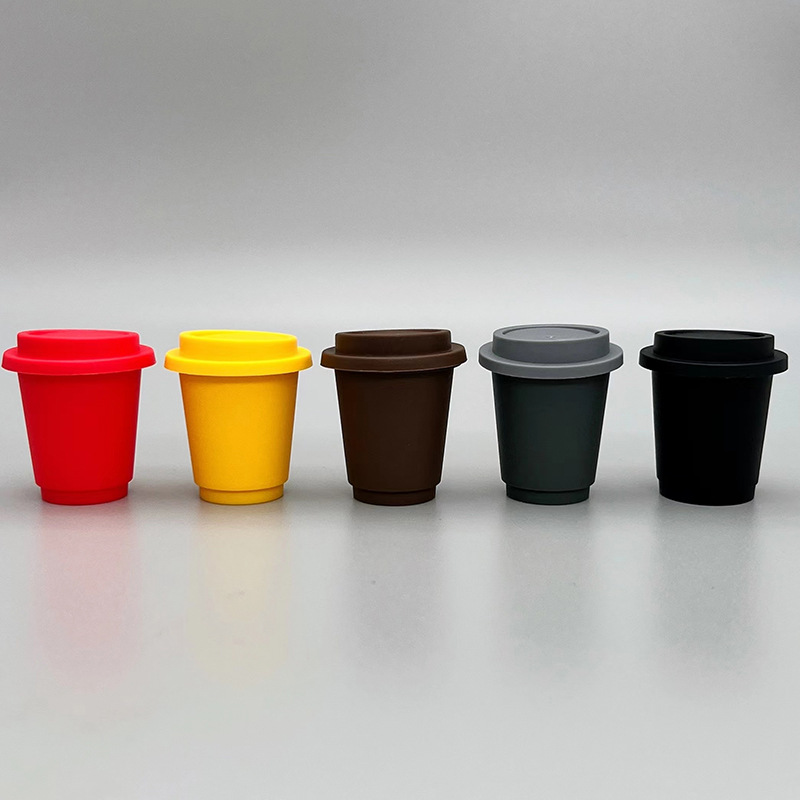1. Understand: the characteristics and classification of stainless steel materials
The core difficulty of stainless steel milling is rooted in its unique material properties. Common stainless steels are mainly divided into four categories: austenitic stainless steels (such as 304, 316, accounting for more than 70% of the market consumption), martensitic stainless steels (such as 420, high hardness suitable for medical tools), ferritic stainless steels (such as 430, corrosion resistance but general toughness), and duplex stainless steel (such as 2205, which combines strength and corrosion resistance). These materials generally have three major processing pain points: obvious work hardening characteristics (50%-100% increase in surface hardness after cutting), strong material adhesion (easy to stick knives to form edges), and thermal conductivity is only 1/3-1/5 of that of ordinary carbon steel (heat is concentrated in the cutting area).
2. Tool selection: stainless steel milling tool technology
Tools are key to milling success and need to be tailored to the material properties. In terms of material, ultra-fine grain carbide tools (such as YS2, YM051 grades) are the first choice, with a WC grain size of only 0.2-0.5μm, a hardness of 91.5-92.5HRA, and 3-5 times the durability of Cr17Ni2 stainless steel when machining ordinary cemented carbide. For hardened stainless steel above HRC50, cubic boron nitride tools are required.
In terms of tool design, helix angle optimization (30°-45° is recommended, balancing chip evacuation and cutting forces) and coating technology (TiAlN coating can reduce the friction coefficient by 30%, AlCrN coating can withstand high temperatures up to 800°C) can significantly improve performance. In addition, the design of a dedicated milling cutter with a dedicated chip breaker can force chip breaking and avoid chip entanglement, which is especially important for austenitic stainless steel machining.
3. Adjust the parameters of the stainless steel milling process
At the heart of the process parameters are "low cutting speed, medium to high feed, small depth of cut". Here are the reference parameters for different materials:
| Stainless steel type | Cutting speed (m/min) | Feed Rate (mm/tooth) | Depth of Cutting (mm) |
| 304 Austenite | 100-150 | 0.15-0.25 | 0.5-1.5 |
| 420 Martensitic | 80-120 | 0.10-0.20 | 0.3-1.0 |
| 2205 Biphasic | 90-130 | 0.12-0.22 | 0.4-1.2 |
The parameter matching strategy should be followed: the higher the hardness, the lower the cutting speed; When using high-speed milling parameters (speed > 200m/min), it needs to be cooled with high pressure, otherwise it is easy to cause tool burnout. At the same time, cutting force control can be achieved by reducing the radial cutting volume, for example, the radial meshing amount is controlled at 10%-20% of the tool diameter during deep groove milling, which can reduce the cutting force by 30%-40%.
4. Use the right method: stainless steel milling processing method
Adaptation methods need to be selected for different processing scenarios. Cycloidal milling technology distributes the cutting load through a circular toolpath, resulting in 30%-40% lower cutting forces and 30%-50% higher feed rates than traditional groove milling, making it particularly suitable for deep groove and cavity milling. In the comparison between forward milling and reverse milling, forward milling can reduce work hardening, but the machine tool needs to be rigid enough; Reverse milling has good stability and is suitable for martensitic stainless steel with high hardness.
For thin-walled machining, dynamic milling technology is recommended to avoid vibration by adjusting the cutting path in real time. Waveform edge milling uses edge waveform design to achieve excellent chip breaking effect and surface roughness can be reduced by more than Ra0.8μm. In the machining of 420 stainless steel medical parts, Han Mining Ultrasonic used ultrasound-assisted end mills to increase product yield from 10% to 100%, confirming the importance of machining method optimization.
5. Good quality control: quality control of stainless steel milling
The core of quality control is to solve the three major problems of "deformation, burrs, and work hardening". Surface roughness control can be achieved with TiAlN coated tool + micro lubrication, and MQL+CO₂ mixed cooling in 316L stainless steel machining can reduce Ra value by 40.6%. Burr formation and control should start from the source: optimize the tool rake angle (5°-10° positive rake angle is recommended), increase the feed rate, and use ultrasonic assistance to completely suppress burr formation.
Deformation prevention measures include: using a symmetrical machining path, reserving machining allowances (0.1-0.2 mm), and controlling the cutting temperature (not exceeding 600 °C). Work hardening control avoids low speed and large feeds, and annealing is used to eliminate the hardened layer if necessary.
6. Cold right: stainless steel milling cooling lubrication technology
The key to cooling is "precise cooling and effective chip evacuation". Internal cooling system applications are preferred, where high-pressure cutting fluid (pressure ≥ 10MPa) reaches the cutting area through the inner bore of the tool, which can not only wash away chips, but also cool down quickly. In the eco-friendly solution, the Micro Lubrication System (MQL) combined with CO₂ cryogenic cooling reduces cutting temperature by 44%, reduces tool wear by 30.77%, and eliminates fluid contamination.
In terms of cutting fluid selection, the emulsion concentration is recommended to be 5%-8% (mainly cooling), and the extremely pressure cutting oil is suitable for heavy-duty processing (mainly lubrication). For dry cutting, AlCrN coated tools are used to reduce cutting speed by 20%-30% and avoid high-temperature sticking.
7. Problem solving: common problems and solutions of stainless steel milling
| frequently asked questions | Causes | solution |
| Accumulated edges | Strong adhesion and high cutting temperature | TiAlN coating, increased cutting speed, enhanced cooling |
| Knife chipping | Excessive cutting force and insufficient rigidity of the machine tool | Reduce the depth of cut, optimize the helix angle, and select high-strength tools |
| Vibration exceeds the standard | Improper cutting parameters and long tools | Reduced feed, increased tool diameter, and dynamic milling |
| Cuttings are wrapped | The chip breaker is not designed reasonably and the feed is small | Replace the tool with chipbreaker, increase the feed rate, and cool the high-pressure internally |
8. Difficulties: special milling technology for stainless steel
For special scenarios, special technology can greatly improve efficiency. High-speed and light cutting (cutting speed 150-200m/min, feed rate 0.1-0.15mm/tooth) should be used for thin-walled parts processing, and rigid fixtures should be used to reduce deformation. Deep groove milling recommends layered cutting + cycloidal path with a depth of 0.5-1.0mm per layer to avoid tool overload.
In automated milling solutions, the adaptive toolpaths of CAM software adjust parameters in real time and predict tool wear, making them suitable for mass production. Composite machining processes (e.g. milling + grinding integration) reduce the number of clamping times and improve dimensional accuracy, especially for precision parts machining.
9. Yigu Technology's view
At the heart of stainless steel milling is the "precise matching of material properties to the process". As the manufacturing industry's requirements for precision and efficiency increase, innovative solutions such as ultrasound-assisted machining, hybrid cooling technology, and intelligent tool monitoring will become mainstream. Prioritize tool selection and parameter optimization, which solve 80% of machining problems with low investment costs and quick results. At the same time, environmentally friendly processing (such as dry type, MQL) is an industry trend, which not only meets policy requirements, but also reduces comprehensive costs. It is recommended that in actual production, optimize parameters through small batches of trial cutting, and formulate personalized solutions based on specific workpiece characteristics to achieve efficient, accurate and low-cost stainless steel milling.
10. FAQ
- Q: How can I avoid chip entanglement when milling austenitic stainless steel (304)?
Answer: Select a special milling cutter with chip breaker to increase the feed rate (0.2-0.25mm/tooth), adopt a high-pressure internal cooling system, and cooperate with cycloidal milling technology, which can effectively break and remove chips.
- Q: What should I do if the surface hardness of martensitic stainless steel (420) is too high after processing, and the subsequent processing is difficult?
Answer: Control the cutting depth (≤1.0mm), use forward milling to reduce work hardening; After processing, perform low-temperature annealing (200-300°C, keep warm for 2 hours); Cubic boron nitride tools are selected for subsequent processing.
- Q: How to extend the durability of the tool when the tool wears out too quickly during stainless steel milling?
Answer: Ultra-fine grain carbide tool + TiAlN coating is selected to optimize the cutting parameters (reduce cutting speed, increase feed), use MQL+CO₂ mixed cooling, regularly check tool wear and replace it in time.
- Q: How to control the serious deformation of thin-walled stainless steel parts after milling?
Answer: Adopt high-speed light cutting process, select short-edge tools with good rigidity, use symmetrical machining paths, reserve 0.1-0.2mm finishing allowance, and reduce clamping stress with vacuum fixtures.
